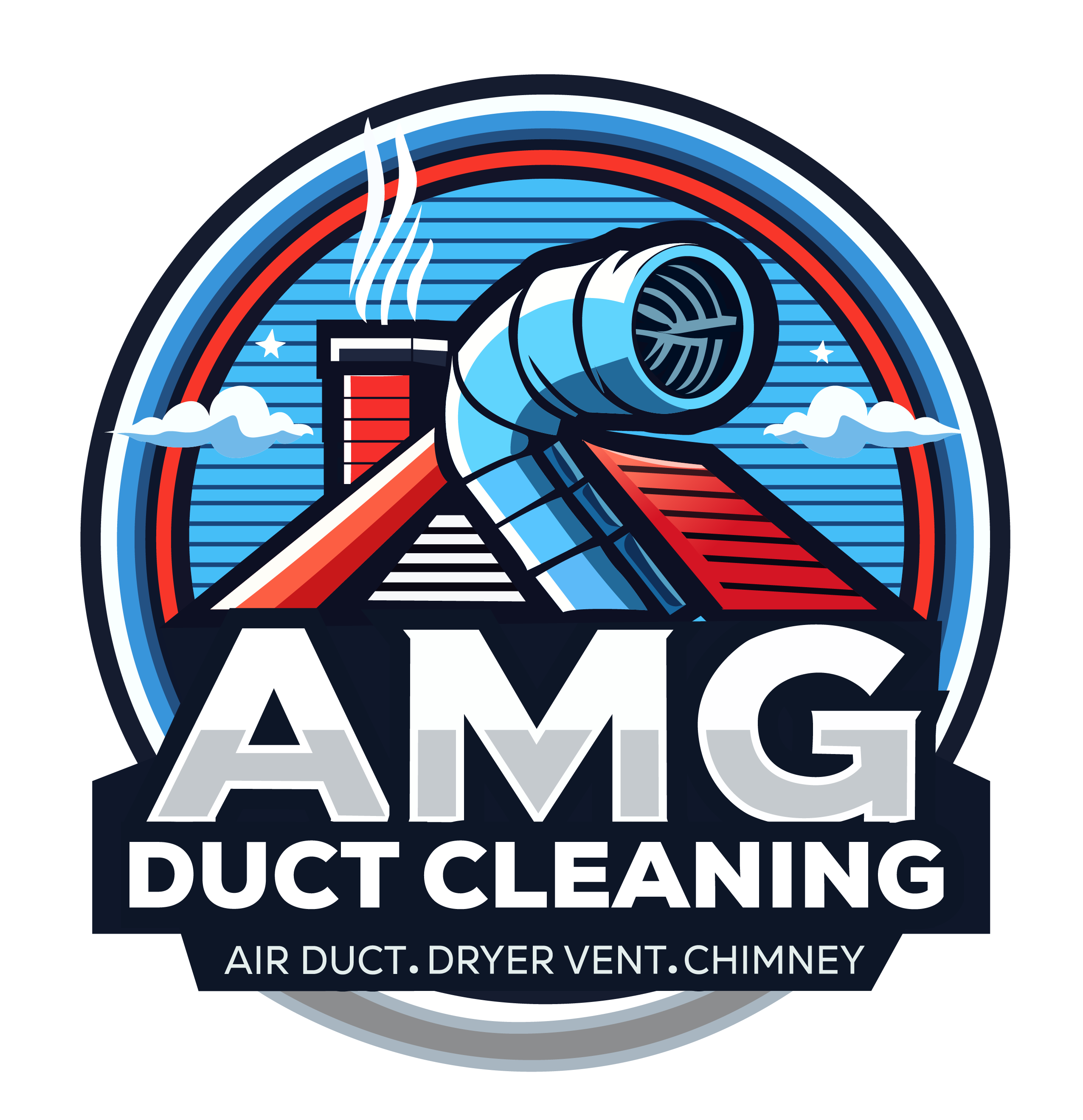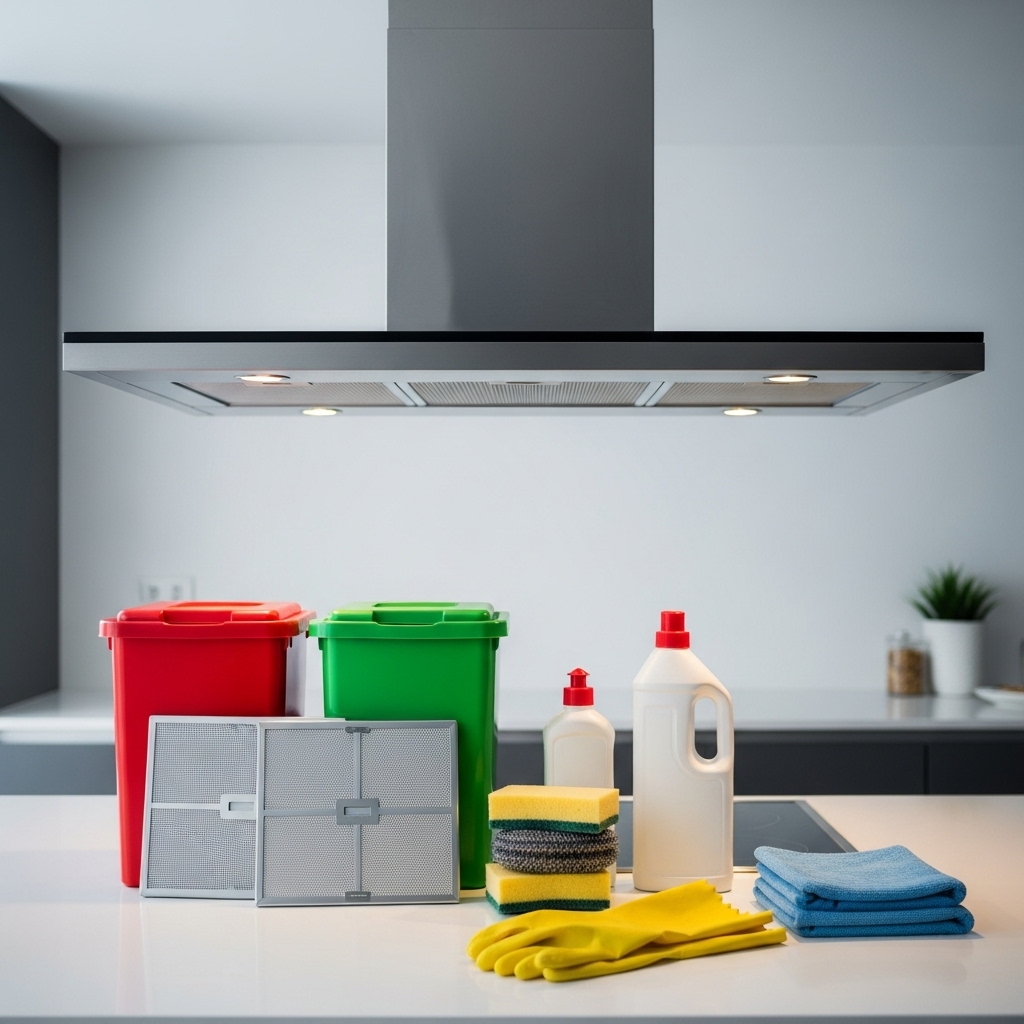A maintenance plan turns good intentions into consistent action. For homes and businesses in Elizabeth, New Jersey, a reliable kitchen exhaust hood maintenance program keeps grease under control, airflow strong, and the risk of fire lower. With the right schedule, responsibilities, tools, and documentation, you can prevent small issues from becoming major problems. From the outset, anchor your plan around recurring kitchen exhaust hood cleaning to protect your investment and keep your cooking environment healthy and efficient.
This plan outlines daily, weekly, monthly, quarterly, and annual tasks; assigns roles; and explains how to verify results. It also includes a flexible framework you can adapt to your cooking volume, equipment type, and building layout—whether you’re managing a family kitchen or a busy commercial line.
Set Clear Goals and Scope
Begin with outcomes: safer operation, better capture of smoke and grease, reduced odors, easier day-to-day cleaning, and longer equipment life. Clarify the scope of your plan—hood canopy, baffle filters, plenum, duct access sections, exhaust fan, and discharge area. If you operate in a shared or mixed-use building, include communication protocols so neighbors are not affected by noise or odors during maintenance.
Roles and Responsibilities
- Owner or Manager: Approves schedule, budget, and vendor coordination.
- Kitchen Lead or Homeowner: Oversees daily and weekly tasks; monitors performance.
- Assigned Staff or Family Members: Perform filter maintenance, wipe exteriors, and assist with periodic cleaning.
- Professional Service Provider: Performs deep cleanings, fan balancing, and complex duct work as needed.
Daily Tasks
- Wipe the hood exterior and lower edges to remove fresh film.
- Check capture performance during peak cooking; look for smoke rollback.
- Empty grease cups or troughs if present.
- Note any vibration or unusual fan sounds.
Weekly Tasks
- Remove baffle filters for soaking in hot, degreasing solution; brush, rinse, and dry completely.
- Wipe plenum surfaces accessible behind the filters.
- Polish stainless steel exteriors to reduce fingerprints and smudging.
- Inspect filter gaskets and frames for wear.
Monthly Tasks
- Scrape and degrease the hood interior thoroughly, including baffle tracks.
- Open duct access panels, if equipped, and wipe the first section to remove films.
- With power off, wipe the exhaust fan housing and accessible blade edges; empty grease traps or drains.
- Test airflow by observing capture at the hood and listening for steady fan operation.
Quarterly Tasks
- Perform a comprehensive inspection with flashlight and mirror; document grease levels and any damage.
- Verify that access panel gaskets and fasteners are intact; replace if worn.
- Check fan belts and mounts; note any bearing noise or imbalance.
- Review cleaning products and replace worn pads and brushes.
Semiannual to Annual Tasks
- Schedule a deep cleaning for the entire system—from hood and plenum through ducts to the fan and discharge point—especially for high-use kitchens.
- Update maintenance logs with before-and-after observations.
- Review capture performance and adjust intervals for the coming season.
Building the Calendar
Translate the task list into a calendar that fits your operation:
- Homes with moderate cooking: Weekly filter care, monthly hood interior cleaning, and a quarterly inspection.
- Homes with frequent frying or searing: Weekly filter care, monthly interior cleaning, and semiannual deep service.
- Small commercial operations: Nightly exterior wipes, weekly filter soaking, monthly plenum and fan care, and scheduled deep cleanings aligned with volume.
Standard Operating Procedure (SOP) for Interior Cleaning
-
Shut off and cool appliances; lock out the exhaust fan and lights.
-
Protect nearby surfaces with plastic or absorbent pads.
-
Remove filters and transport them in bins to the soak station.
-
Dry scrape heavy deposits inside the hood and along the plenum.
-
Spray a food-safe degreaser from top to bottom; allow dwell time.
-
Scrub with non-scratch pads following the grain; wipe with damp cloths.
-
Polish stainless exteriors; reinstall fully dry filters.
-
Restore power; verify airflow and listen for abnormal noise.
Verification and Quality Control
Build verification into each cycle. Use a flashlight to scan surfaces. Wipe a clean cloth across the plenum and filter frames; it should come away nearly spotless after a thorough cleaning. Check fan performance by feeling airflow and confirming steady sound without rattles. Log findings to spot trends—if grease returns quickly, shorten the interval; if surfaces stay clean, you may be on an optimal schedule.
Supplies and Storage
- Food-safe degreaser suited to stainless or coated steel.
- Soft scrub pads, brushes, and plastic scrapers.
- Microfiber cloths and absorbent towels.
- Hot water access, soak bins, and drying racks for filters.
- Stainless steel polish for final finishing.
- Personal protective equipment: gloves, eye protection, and non-slip footwear.
Waste Handling
Collect scrapings and greasy towels in lined containers and dispose according to local regulations. Avoid pouring concentrated grease into sinks. For businesses, ensure grease recycling containers are available and kept tidy.
Elizabeth, NJ Considerations
Humidity in warm months can make residues tackier; winter cold can thicken grease in exterior duct sections and fans. Align deep services with these seasonal realities. In dense areas of Elizabeth, be mindful of odors during maintenance by keeping discharge areas clean and scheduling tasks at appropriate times.
Budgeting Without Guesswork
Instead of reacting to emergencies, budget for predictable maintenance. Allocate resources for regular supplies, replacement filters or gaskets as needed, and periodic deep services. A planned approach typically costs less over time and avoids disruptions caused by clogged filters, fan failures, or heavy grease that requires extended downtime to remove.
When to Bring in Professionals
Consider professional support for long duct runs, complex configurations, persistent smoke rollback, or tar-like deposits that resist household methods. Trained crews use heated washing, safe containment, and protective measures for rooftops and equipment, delivering a level of thoroughness that keeps your operation on track between staff cleanings. For a reliable cadence, schedule professional kitchen exhaust hood cleaning at intervals matched to your cooking volume and verify results with a post-service inspection.
Frequently Asked Questions
Q: How do I set the right cleaning frequency?
A: Start with weekly filter care and a monthly interior clean, then adjust based on observed grease levels and airflow. High-output cooking warrants more frequent service.
Q: Do I need special tools?
A: A good degreaser, non-scratch pads, microfiber cloths, plastic scrapers, and safe access to hot water cover most needs. Access panels, if present, allow limited duct cleaning without specialized equipment.
Q: What if my fan vibrates after cleaning?
A: Vibration can indicate residue on blades, a loose panel, or belt issues. Recheck your work and fan mounts. If it persists, call a professional for balancing and deeper cleaning.
Q: Are recirculating hoods part of this plan?
A: Yes. Clean grease pre-filters regularly and replace charcoal filters per manufacturer guidance. Keep interiors spotless to reduce odors since air recirculates inside.
Q: How should I document maintenance?
A: Keep a simple log with dates, staff initials, notes, and photos when useful. Documentation helps refine your schedule and demonstrates diligence.
Ready to Put Your Plan Into Action?
Turn this framework into a calendar, assign responsibilities, and track results. With a consistent rhythm, you will enjoy better airflow, fewer odors, and a safer cooking space in Elizabeth. When you want deeper support or a system reset, schedule expert kitchen exhaust hood cleaning and keep your exhaust pathway performing at its best.

